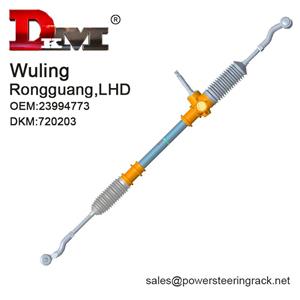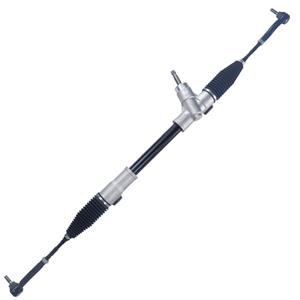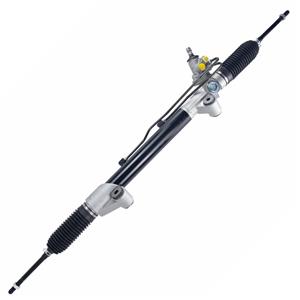-
Five signs that your hydraulic power steering rack needs to be topped up: 1. Heavy steering wheel 2. Unusual steering wheel noises 3. Steering becomes jerky 4. Hydraulic oil warning light illuminates 5. Check the hydraulic oil tank fluid level
-
0408-2025
How to Check the Steering Rack Bushing?
Unusual noises during steering system operation are common signs of bushing damage or wear. When the steering rack bushing is worn or damaged, the metal parts within the steering system may rub against each other, producing various types of noises.
-
If the hydraulic oil is not replaced or cleaned in time, it may cause wear, corrosion or blockage of components such as the steering pump and steering rack, which will affect the normal operation of the steering system. Therefore, regular replacement of hydraulic oil and cleaning of the hydraulic system have become necessary measures to ensure the efficient operation of the hydraulic power steering system.
-
2407-2025
What is a steering rack bushing?
The steering rack bushing is a small friction bushing in the steering system. It is usually located between the steering rack and the steering gear, or where it is connected to the steering column. Its main function is to provide a smoother steering experience by reducing the friction between the rack and other steering components.
-
If there is air in the system, the hydraulic oil cannot stably provide sufficient power support, resulting in heavy or slow response when steering, especially when steering at low speeds or parking, the owner will obviously feel the difficulty of steering.
-
If the engine cannot operate normally, the hydraulic pump cannot continue to work. When the hydraulic pump cannot provide sufficient hydraulic power, the performance of the hydraulic power steering system will be greatly reduced, resulting in insufficient steering power.
-
Carbon steel is one of the most common materials for manufacturing power steering racks. Its advantage is that the cost is relatively low and it has good processing performance. Carbon steel has high hardness and wear resistance, which can meet the requirements of steering racks for load capacity and durability.
-
When replacing the steering pump and steering rack, if the power steering fluid is not checked and replenished in time, the fluid level is too low or the fluid quality is unqualified, it will affect the normal operation of the hydraulic system. A low fluid level in the hydraulic system will cause the steering pump to not get enough fluid to generate enough power assistance, which will cause the steering wheel to be heavy.
-
The design of the rack and pinion steering system is relatively simple, uses fewer components, and is small in size. For small vehicles such as karts, the compact design of the rack and pinion steering system can save space and avoid overly complex mechanical devices.
-
Although rack-and-pinion steering systems can be used together with tilt mechanisms in theory, in practice, there are still certain design challenges. The most important point is how to ensure that the steering system's accuracy and response speed are not affected when the steering wheel angle is adjusted.




